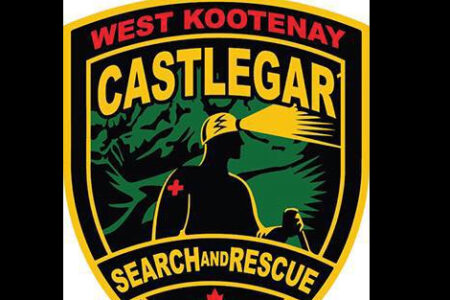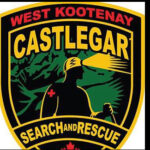Kimberley locals concerned over scale of logging in St Marys River Valley
Over a hundred people gathered in Kimberley on Tuesday night to hear about the impact of current and future logging on wildlife and their habitats in the St Marys River Valley.
In the past decade, 15 square kilometres of privately-owned, valley-bottom forests have been clearcut in the St Marys, and logging on adjacent public land continues to grow that footprint. Last winter, Canfor clearcut approximately 2.3 square kilometres in the valley, with more anticipated. BC Timber Sales currently has other cut blocks proposed as well.
“Depending on how BCTS and Canfor proceed, we could be looking at an area equivalent in size to Columbia Lake being clearcut or in early seral state—effectively doubling the area of valley-bottom forests clearcut in the St Marys,” said Tim Chapman, a program manager with Wildsight, the host of Tuesday’s event.
“Logging at that scale would significantly impact all who use this landscape—people and wildlife alike. Existing forestry activities on private lands need to be considered when reviewing proposals like these for logging on adjacent public land,” he said.
Located just northwest of Kimberley, the St Marys is a popular local destination for hiking, swimming, fishing, hunting and berry picking. It’s also one of the last strongholds for wildlife in a region that’s been heavily logged.
“We can’t change what’s been lost, but we can speak up for what remains,” Tim said.
Of particular concern are proposals to log public land in three drainages of the upper St Marys that are still largely intact and wild: White Creek, Dewar Creek and Westfork Creek.
“Those drainages contain important habitat for grizzly bears, elk, moose and mountain goats. They contain mature and old forests that are critical to maintaining this area’s biodiversity. And they provide shelter and travel corridors for all critters using this valley,” Tim said.
Many long-time locals in attendance on Tuesday commented that they haven’t encountered as much wildlife in the St Marys since logging intensified. People of all ages and backgrounds expressed their concerns at how continued logging might affect the area’s wildlife and the health of the rivers.
“In the 50+ years that I’ve been living, working and playing in the St Marys Valley, I’ve watched it steadily be carved up and fragmented. Caribou have disappeared along with our old growth, valley-bottom forests. And mountain goat and moose numbers have dropped severely,” said Kimberley resident Dave Quinn.
“What’s happening in the St Marys is yet another example of why we need to fundamentally shift, at a provincial level, how we manage our forests,” Tim added.
“If we don’t retain refuges and connectivity corridors for wildlife in our landscapes, we will continue to see species disappear—just as we’ve already lost caribou and fishers from this area.”
Canfor and BC Timber Sales are expected to release their proposals for public comment in the near future. Until then, Wildsight encourages those concerned to urge Premier David Eby to push forward changes to legislation that would prioritize biodiversity and ecosystem health by emailing premier@gov.bc.ca
“This is an opportunity for everyone—hikers, climbers, skiers, hunters, fishermen, and other land and water users—to come together and speak up for our backyard, and the creatures and landscapes that don’t have a voice,” Tim said.


























Comments